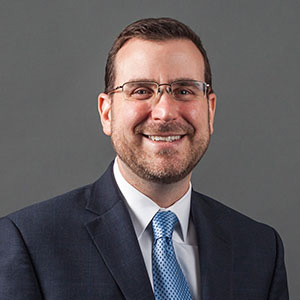The recent New York Times article on the high-tech industry argues that software patents and the current “smart phone war” are a disaster for innovation, and it backs this with quotes and cites from a horde of academics and judges, like Judge Richard Posner, that software patents are causing “chaos.”
Judge Posner in particular has been on a tear lately attacking software patents and the current litigation between high-tech companies. In his most recent blog posting, he argues that software patents are inefficient and thus improper because of
a shortage of patent examiners with the requisite technical skills, the limited technical competence of judges and jurors, the difficulty of assessing damages for infringement of a component rather than a complete product, and the instability of the software industry because of its technological dynamism.
In contrast to the software industry, Judge Posner and some academics love to cite the pharmaceutical industry as the one industry in which the patent system works. The New York Times article repeats these claims without question.
But this observation about pharma patents is surprisingly bereft of the facts of how the patent system was first extended to biochemical discoveries.
Here’s just one prominent and well-known example: In 1912, the brilliant Judge Learned Hand, one of Judge Posner’s jurisprudential heroes, complained of his lack of technical expertise in deciding the new biochemical patents that would in a few decades give birth to the modern pharmaceutical industry. In his famous opinion in Parke-Davis & Co. v. H.K. Mulford & Co., Judge Hand called “attention to the extraordinary condition of the law which makes it possible for a man without any knowledge of even the rudiments of chemistry to pass upon such questions as these. The inordinate expense of time is the least of the resulting evils, for only a trained chemist is really capable of passing upon such facts.” Judge Hand bemoaned the “confusion the intricacy of the subject-matter causes” and that judges like him were “blindly groping among testimony upon matters wholly out of their ken.”
This 100-year-old complaint by Judge Hand is eerily similar to Judge Posner’s and others’ complaints today about the inherent problems with the new patents on smart phones, on software and on other aspects of the digital revolution.
Yet, unlike Judge Posner, who undertook the decidedly unSolomonic part in cutting the baby in half in his decision in Apple v. Motorola, Judge Hand definitely decided the issue of patent infringement put before him in Parke-Davis, just as judges did in the century before in ruling on the equally difficult, confusing, cutting-edge patented innovation of their day in vulcanized rubber, sewing machines, the telegraph, among many others.
Because patent-owners were given clear legal guidance by judges like Learned Hand, despite his protestations of ignorance, inventors and the firms that commercialized their inventive work-product knew what was needed to obtain and enforce their patents. Thus, the 1930s witnessed the birth of modern pharmaceutical industry with patented innovation in sulfa and antibiotics. Repeating this pattern after the Supreme Court’s split decision in 1980 in Diamond v. Chakrabarty, which upheld patenting in genetically modified organisms, the pharmaceutical industry experienced a renaissance in the 1980s and 1990s with patented innovation in biotech.
Unfortunately, the complaints today about software patents arise more from intuitions, from unrealistic assumptions about how much certainty we can achieve in the patent system, and from emotionally-compelling anecdotes about innovators running into trouble with patents — like the ones that dominate the New York Times article. It’s time to bring objectivity and a historical-based perspective to public policy discussions about software patents and the role of property rights in innovation.




